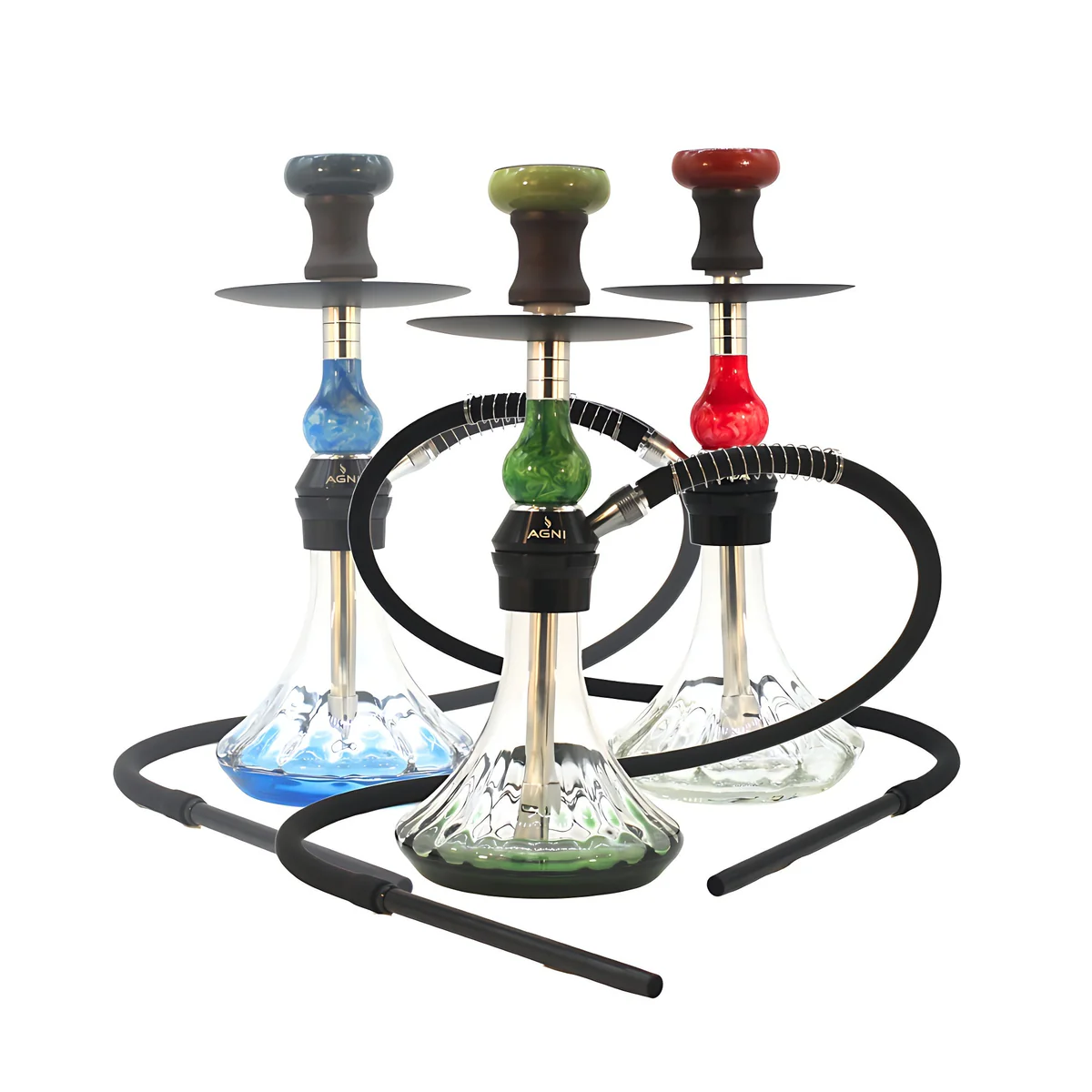Tips for Managing Costs with Food Distributors in Australia
Have you ever wondered how to manage your food distribution expenses without sacrificing quality? Juggling multiple suppliers and keeping costs in check can be challenging, but with the right strategies, you can reduce distribution expenses and boost your bottom line.
In this article, we’ll explore how Aussie businesses can better manage spending when working with food distributors. You’ll learn about key factors influencing costs, practical ways to improve restaurant and café margins, and long-term budget management strategies.
Understanding Food Distribution Costs in Australia
Food distribution costs are influenced by transportation fees, warehousing, packaging, and logistical challenges. With Australia’s vast geography, ensuring cost-effective supply chain management is essential. Identifying areas of excessive spending early on helps businesses make informed decisions and maintain financial stability.
Why Cost Management Matters
Managing costs isn’t just about saving money—it’s about ensuring your business remains competitive and profitable. Smart cost management allows you to reinvest in product innovation, staff training, and marketing, while also strengthening relaationships with suppliers and customers.
Controlling Food Production Costs
The foundation of efficient distribution starts with controlling food production expenses. If production costs rise, distributors and retailers will feel the impact down the line.
What Is Decreasing Food Production Cost?
Factors that reduce production costs include:
- Automation – Using technology to streamline farming and food processing.
- Optimised resource use – Efficient fertiliser and water management.
- Renewable energy – Solar and wind energy reduce electricity costs.
- Waste reduction – Minimising spoilage and maximising efficiency lowers overall expenses.
By adopting these strategies, suppliers can offer better pricing to food distributors, helping businesses save money.
Key Factors Affecting Production Expenses
- Climate conditions – Poor harvests increase raw material costs.
- Storage inefficiencies – Lack of proper refrigeration leads to food wastage.
- Labour shortages – Higher wages increase overall expenses.
Understanding these factors enables business owners to anticipate cost fluctuations and negotiate better supplier terms.
Common Challenges in Managing Distributor Costs
Working with food distributors in Australia can present challenges, from fluctuating prices to inconsistent product quality. Here’s how to navigate these issues:
Navigating Supplier Relationships
- Clarify contract terms – Ensure transparency in pricing and delivery fees.
- Negotiate bulk discounts – Larger, consistent orders often lead to lower costs.
- Build long-term partnerships – Reliable suppliers may offer better deals and priority service.
Balancing Quality and Price
Cutting costs shouldn’t mean compromising on ingredient quality. Look for distributors that offer competitive pricing while maintaining high standards. Having a backup supplier ensures stability during demand surges.
Quick Wins to Reduce Distribution Costs
Looking for immediate ways to save? Here are some low-effort, high-impact strategies:
How to Reduce Distribution Costs?
- Adjust delivery schedules – Reduce transport costs by consolidating orders.
- Negotiate packaging expenses – Explore cost-effective alternatives.
- Review supplier agreements – Regularly assess whether better deals are available.
Low-Hanging Fruit Strategies for Immediate Savings
- Bulk Purchasing – Partner with other businesses to increase buying power.
- Seasonal Adjustments – Adapt menus to seasonal produce for lower costs.
- Reduce Waste – Track inventory closely to minimise spoilage.
Strengthening Supplier Partnerships
A strong relationship with food distributors in Australia can lead to better pricing and service.
Negotiating Better Terms
- Demonstrate consistency – Reliable, long-term customers have stronger bargaining power.
- Use market research – Understanding competitor pricing helps in negotiations.
- Request flexible payment terms – Delayed payments or instalments improve cash flow.
Consolidating Orders for Efficiency
Ordering in bulk reduces transport fees, simplifies invoicing, and streamlines inventory management. This benefits both distributors and businesses by ensuring predictable demand and optimised logistics.
Advanced Cost Reduction Tactics
Beyond quick wins, businesses can invest in data-driven strategies to reduce expenses.
Leveraging Data and Forecasting
Using sales data to predict demand helps prevent over-ordering and minimises last-minute emergency orders, which often come at higher costs.
Implementing Cost Control Systems
Investing in cost-tracking software allows businesses to monitor spending patterns and identify areas for improvement. With better data insights, business owners can refine their supply chain strategies effectively.
Cutting Costs in Restaurants and Cafés
For restaurant and café owners, managing food expenses is crucial to maintaining profitability.
How to Reduce Food Costs in a Restaurant?
- Menu engineering – Focus on high-margin dishes with seasonal ingredients.
- Portion control – Train staff to measure portions accurately, reducing waste.
- Supplier comparisons – Regularly evaluate vendors for better pricing and quality.
Practical Techniques to Reduce Food Cost
- Monitor leftovers – Adjust ordering based on real-time demand.
- Invest in storage solutions – Extend shelf life with proper refrigeration.
- Review customer preferences – Remove underperforming menu items to save costs.
Reducing Overall Business Expenses
Beyond food costs, businesses must control operational expenses to stay profitable.
How to Reduce Costs in Business?
- Negotiate lease terms – Lower rent or relocate to a more cost-effective area.
- Optimise staff schedules – Align shifts with peak hours to avoid overstaffing.
- Lower utility bills – Invest in energy-efficient appliances and LED lighting.
How to Reduce Cost of Sales in Business?
- Identify high-cost ingredients – Swap expensive items for cost-effective alternatives.
- Renegotiate supplier contracts – Request volume discounts and better payment terms.
- Explore new supplier options – Competitive bidding can lower procurement expenses.
Enhancing Food and Beverage Sales
Reducing costs is only part of the equation—boosting revenue is equally important.
How to Improve Food and Beverage Sales?
- Seasonal promotions – Limited-time offers attract more customers.
- Social media marketing – Promote new dishes and engage with customers online.
- Tasting events – Offer sampling to introduce customers to high-margin menu items.
Upselling and Smooth Customer Experiences
- Train staff on upselling – Encourage recommendations of appetisers and drinks.
- Enhance customer service – A positive dining experience increases repeat business.
- Loyalty programs – Offer discounts for returning customers to boost long-term sales.
Monitoring Progress and Long-Term Planning
Effective cost management requires ongoing monitoring and adaptability.
Setting Measurable Targets
Establish clear cost-saving goals, such as reducing distribution expenses by 10% annually. Track progress through quarterly reviews and adjust strategies as needed.
Future-Proofing Your Supply Chain
- Identify backup suppliers – Minimise disruption risks.
- Invest in forecasting tools – Predict demand fluctuations.
- Allocate contingency funds – Prepare for unexpected expenses.
Conclusion
Managing costs with food distributors in Australia doesn’t have to be overwhelming. By adopting smart strategies like negotiating better terms, leveraging data, and optimising your supply chain, you can lower expenses while maintaining quality. Implement quick wins, track progress, and stay adaptable to market shifts to future-proof your business.
The right balance between cost control and revenue growth will help you build a resilient and profitable food business in Australia.














Post Comment